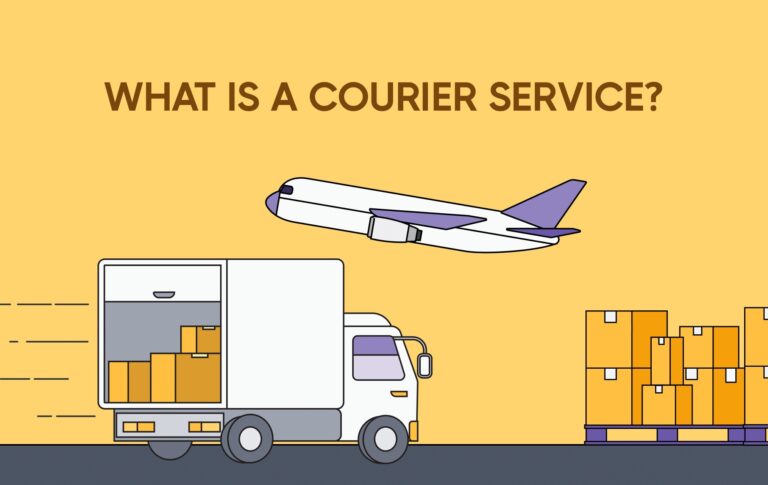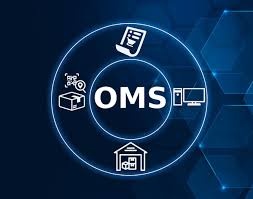Top Benefits of Warehousing Services in Modern Supply Chains
Warehousing services involve the storage, handling, and management of goods and materials in dedicated facilities before they are distributed for sale or use. These services are an essential part of the supply chain and are used by businesses of all sizes to ensure that products are stored safely, efficiently, and in compliance with regulations.
Modern warehouses are more than just storage spaces—they include logistics support, inventory management systems, security, temperature control, and integration with transportation networks. Warehousing can be temporary or long-term and is used across various industries, including retail, manufacturing, pharmaceuticals, and e-commerce.
Warehousing services exist because storing and managing inventory on-site is often impractical or inefficient for many businesses. A dedicated warehousing provider helps reduce operational burdens and improve logistical efficiency.

Why Warehousing Services Matter
Who Uses Warehousing Services?
Retailers rely on warehouses to store goods before distributing them to physical or online stores.
Manufacturers use warehouses to hold raw materials and finished goods before shipping to customers.
E-commerce businesses need warehousing to support order fulfillment and returns.
Import/export businesses require warehousing for customs clearance and temporary holding.
Key Benefits of Warehousing
| Benefit | Description |
|---|---|
| Inventory Management | Centralized control of stock levels, reducing overstocking. |
| Cost Efficiency | Reduces need for on-site storage and associated overheads. |
| Improved Delivery | Faster and more reliable order fulfillment. |
| Risk Reduction | Protection against theft, damage, or spoilage. |
| Scalability | Easily adjust space and logistics needs as business grows. |
Challenges Addressed
Delays in shipping and delivery
Lack of storage space at retail or office locations
Inefficient inventory tracking
Inability to handle peak season demand
Difficulty in managing returns and replacements
Trends and Updates in Warehousing (2024–2025)
Automation and AI Integration
The warehousing industry has seen a surge in the use of automation technologies such as:
Autonomous mobile robots (AMRs)
AI-driven inventory systems
Real-time data tracking
According to a 2024 report by Supply Chain Digital, over 38% of global warehouses now use some form of automation, a significant increase from 25% in 2022.
E-Commerce Growth and 3PL Services
With e-commerce sales continuing to grow globally—especially post-pandemic—third-party logistics (3PL) providers are expanding warehouse capacities to meet demand. Services like order picking, packing, shipping, and returns are now commonly bundled with warehousing.
Green Warehousing Practices
Sustainability is becoming a focus area. Modern warehouses are adopting:
Solar energy systems
Electric forklifts
Recyclable packaging
Reduced water usage
Micro-Fulfillment Centers
In urban areas, businesses are adopting micro-fulfillment centers to enable same-day or next-day delivery. These small-scale warehouses are strategically located close to the end customer.
Laws and Policies Affecting Warehousing
Zoning and Land Use Regulations
Warehousing facilities must comply with local zoning laws. Not all commercial or industrial zones allow warehousing activities, and permits are often required for construction or conversion of facilities.
Labor and Safety Regulations
Warehouses must follow:
Occupational Safety and Health Administration (OSHA) standards (e.g., safe handling of goods, equipment operation)
Fair labor laws, including minimum wage, working hours, and employee benefits
Import/Export Regulations
For international warehousing (especially near ports or airports):
Customs regulations govern how goods are stored pre-clearance
Bonded warehouse rules apply if duties are deferred until goods are sold
Environmental Compliance
Laws related to waste disposal, energy efficiency, and air emissions apply, especially for warehouses storing chemicals or perishables.
GST and Taxation (India Example)
In India, the Goods and Services Tax (GST) applies to warehousing services. Warehousing providers must register under GST if turnover exceeds a specific threshold and ensure proper invoicing and reporting.
Tools and Resources for Warehousingo
Businesses can improve warehouse operations using various tools and platforms:
Warehouse Management Systems (WMS)
NetSuite WMS
Fishbowl Inventory
Zoho Inventory
Infor WMS
SAP EWM
These systems help with tracking inventory, managing staff, scheduling shipments, and more.
Inventory Control Tools
Barcode scanners and RFID systems
Cloud-based inventory platforms
IoT-enabled tracking devices
Online Marketplaces for Warehousing Space
Flexe (USA) – On-demand warehousing space
Stowga (UK) – Short-term warehouse matching
Waredock (Europe) – Find and lease warehouse space
Regulatory Guidance
OSHA website – osha.gov
U.S. Customs and Border Protection – cbp.gov
Indian GST portal – gst.gov.in
European Commission Logistics Guidelines – ec.europa.eu
Training and Certifications
Certified in Logistics, Transportation, and Distribution (CLTD) – APICS
Warehouse Safety Training – Available via online learning platforms like Coursera or Udemy
Frequently Asked Questions (FAQs)
1. What is the difference between public and private warehousing?
Public warehousing offers shared storage space on a rental basis, usually used by smaller businesses or for seasonal needs.
Private warehousing involves facilities owned or leased by a single business, offering more control and customization.
2. How much does warehousing typically cost?
Costs vary based on:
Location
Size and duration
Type of goods stored (temperature-controlled, hazardous, etc.)
For example, in the U.S., standard warehouse space costs $6–$10 per square foot per year, while cold storage may cost up to $25 per square foot.
3. Are warehousing services suitable for small businesses?
Yes. Small businesses can use shared or on-demand warehousing services to manage inventory without investing in infrastructure. Many 3PL providers offer packages tailored to startups and small-scale sellers.
4. Can warehousing providers handle international shipping?
Many large warehousing providers also offer freight forwarding, customs clearance, and global logistics solutions. Look for 3PL providers with international reach and bonded warehouse capabilities.
5. What security measures are used in warehouses?
Modern warehouses use:
24/7 surveillance
RFID or barcode tracking
Access control systems
Fire and hazard safety systems
Cybersecurity for digital inventory systems
Conclusion
Warehousing services are an essential link in the global supply chain, offering secure, efficient, and flexible storage solutions for businesses. With ongoing advancements in technology and a shift toward sustainability and automation, warehousing is evolving rapidly. Whether you’re a small online seller or a large manufacturer, understanding how warehousing works—and the tools, regulations, and trends surrounding it—can help streamline your operations and improve delivery efficiency.







